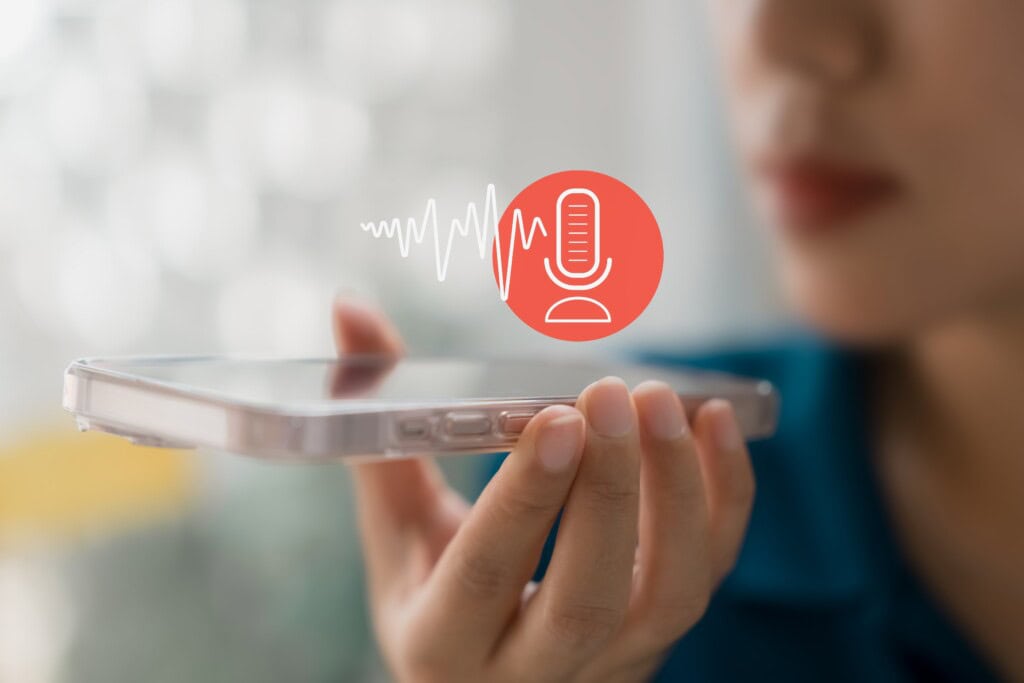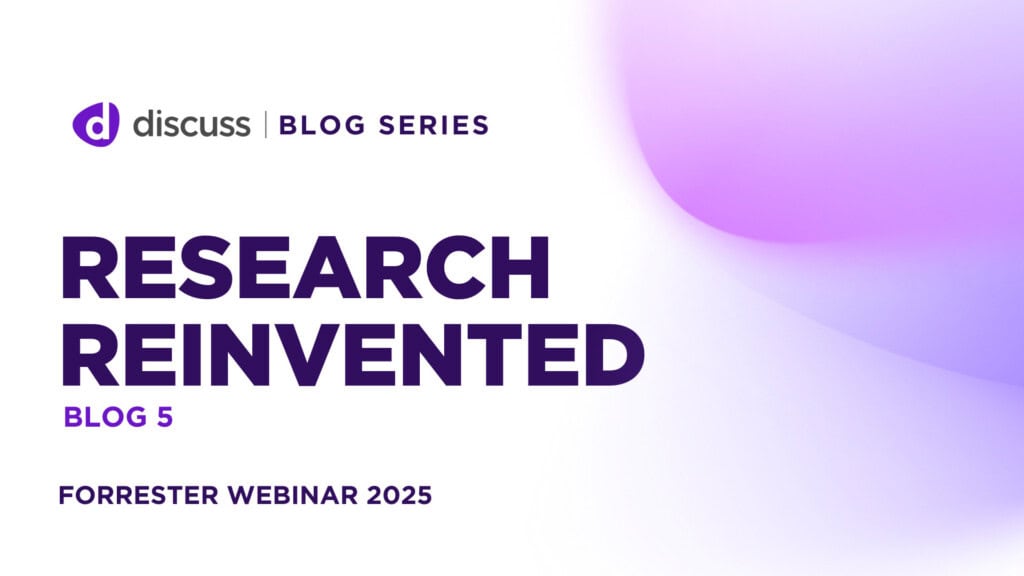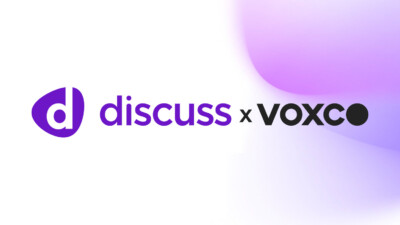AI-Led Market Research vs. Human-Led Research: A Comparison

Deadlines are tighter. Budgets are smaller. And your stakeholders expect answers yesterday.
Traditional research methods can feel like trying to run a race in slow motion. That’s why more teams are turning to AI-led market research; not as a replacement, but as a way to keep pace when time, scale, and resources are limited. It’s fast, efficient, and getting sharper every day.
But is it the right fit for every project? This post breaks down where AI adds value, where human expertise still wins out, and how you can get the best of both. Let’s sort the hype from the helpful.
What Is AI-Led Market Research?
AI-led market research uses artificial intelligence tools, like AI-powered research agents, to collect, process, and interpret feedback faster than traditional methods. These tools automate tasks such as conducting interviews, transcribing conversations, analysis and pattern recognition, which normally take human researchers weeks or months to complete. That means decision-makers can act on data while it’s still relevant.
AI-led market research can run continuously and globally, processing in-depth qualitative feedback at scale. For instance, AI agents can analyze open-ended video responses, identify patterns across different demographics, and summarize key insights within minutes. This makes the research process less resource-intensive and more consistent across projects.
Human-Led Research: Strengths and Scenarios Where It Shines
While AI-led research can handle speed and volume, human-led research brings emotional intelligence, empathy, and adaptability. These are qualities that remain outside the reach of current AI systems.
Human moderators can build rapport, notice subtle cues in tone or body language, and adjust questions on the fly. That’s especially important when working with sensitive topics or niche audiences.
There are times when human insight is critical to avoid misreading the context behind a response. Emotional nuance, sarcasm, or cultural references often require a human touch to interpret correctly.
That’s why human researchers are often used for:
- Emotionally charged topics
- Highly specialized industries
- Situations needing trust and rapport
- Research with vulnerable populations
Comparing the Two Approaches: AI-Led vs Human-Led
Each approach has clear strengths, and comparing them helps teams choose the right method for each research goal. AI excels at speed and scalability, while humans contribute meaning and empathy. The debate around human vs. AI-led research isn’t about which one is better, but which one is better for the task at hand.
Some trade-offs are expected, and others may surprise you. For instance, AI-powered agents can reduce bias in question phrasing and keep the interaction consistent across all participants. Meanwhile, human moderators can tailor questions and follow-up probes in real-time based on the subject’s responses.
When to Use AI Agents: Ideal Use Cases
There’s a time and place where AI-powered agents tend to outperform. For example, when research teams need quick answers to guide early-stage decisions, AI-led research offers speed that’s hard to beat. Instead of waiting a week for a full qualitative report, you can get responses and real human understanding from audiences within hours.
This makes AI-led research efficiency ideal for tactical initiatives and resource-constrained teams. It also removes the need for live scheduling, allowing research to run asynchronously.
Use AI agents when you need:
- Quick concept validation
- Efficient use of budgets and staff capacity
- High-volume feedback from large, diverse groups
- Rapid insight delivery for fast decision cycles
When Human Researchers Are the Best Fit
Not all research goals can be achieved with automation. Human researchers are often preferred when the stakes are high, or when the subject matter is too complex or sensitive for AI to handle accurately.
For example, stakeholder interviews for a new brand strategy or customer interviews on a life-changing product experience benefit from a real human in the room.
While AI-led research is great for quick-turn understanding, some situations still call for the depth that only live, human conversation can bring. Human-led sessions allow for dynamic probing, which often reveals insights that structured, AI-led sessions may not reach.
Best use cases for human-led research include:
- Executive-level strategy discussions
- Research with marginalized or hard-to-reach groups
- Exploratory work on abstract concepts or identity
- Topics requiring emotional sensitivity or deep trust
The Hybrid Future: Combining AI-Led and Human-Led Research
Research leaders don’t have to choose between AI or humans. Combining both approaches tends to produce stronger results, especially when they’re used at the right moments in the research lifecycle.
You might begin with AI to explore a broad range of opinions, then follow up with live interviews to understand surprising or nuanced trends.
We expect to see a future very soon where platforms will support this hybrid approach with options to use AI-powered agents or human-led interviews, or combine both, for in-depth feedback.
A hybrid workflow might look like this:
- Use AI agents to collect large-scale initial feedback
- Identify trends and themes using AI agents
- Conduct live sessions to add emotional depth and validate findings
Common Myths About AI-Led Market Research
There are still several outdated beliefs about AI in market studies that can stop teams from exploring the benefits. Some common myths include:
- AI will replace all human researchers
- AI can’t understand emotions or nuance at all
- AI research accuracy is too low to trust
- AI research is only for tech-forward teams with big budgets
- AI lacks transparency and explainability
In reality, most teams use AI to speed up repetitive work; not to eliminate roles. And while this technology is developing at a rapid pace, AI has the ability to identify emotions, context, and nuance.
As long as research leaders know where AI shines (and where it doesn’t) it becomes a useful tool in the toolkit.
Choosing the Right Approach for Your Team
AI-led market research and human-led methods aren’t competitors; they’re allies. This article showed how each approach offers unique benefits, from speed and scalability to emotional depth and strategic nuance. The smartest teams aren’t choosing one over the other. They’re using both.
At Discuss, we’ve built a platform that supports every kind of in-depth research; whether you want to tap into the power of AI agents or use human-led interviews, self-paced feedback, or even upload past research. With tools like our Insights Agents that delivers high-fidelity summaries, clips, and insights across 100+ markets, you’re never stuck waiting for answers.
Book a free consultation today and see how Discuss can make your next project faster, smarter, and easier to share.
Ready to unlock human-centric market insights?
Related Articles

The Four Lies We Tell Ourselves About AI Interviews (And What Actually Works)
Look, AI-moderated interviews are having a moment. Everyone’s talking about them. Some people are overselling them. Others are writing them…
Look, AI-moderated interviews are having a moment. Everyone’s talking about them. Some people are overselling them. Others are writing them…

Holiday Campaigns Meet Agentic AI: How Intelligent Agents Drive Last-Minute Creative Testing
Every marketer knows the feeling — it’s November, the holidays are around the corner, and your campaign calendar is bursting….
Every marketer knows the feeling — it’s November, the holidays are around the corner, and your campaign calendar is bursting….

Research Reinvented: Forrester on why researchers won’t be replaced by AI
This is the last article in our five-part series based on the webinar we hosted with Forrester and Quadrant Strategies,…
This is the last article in our five-part series based on the webinar we hosted with Forrester and Quadrant Strategies,…



